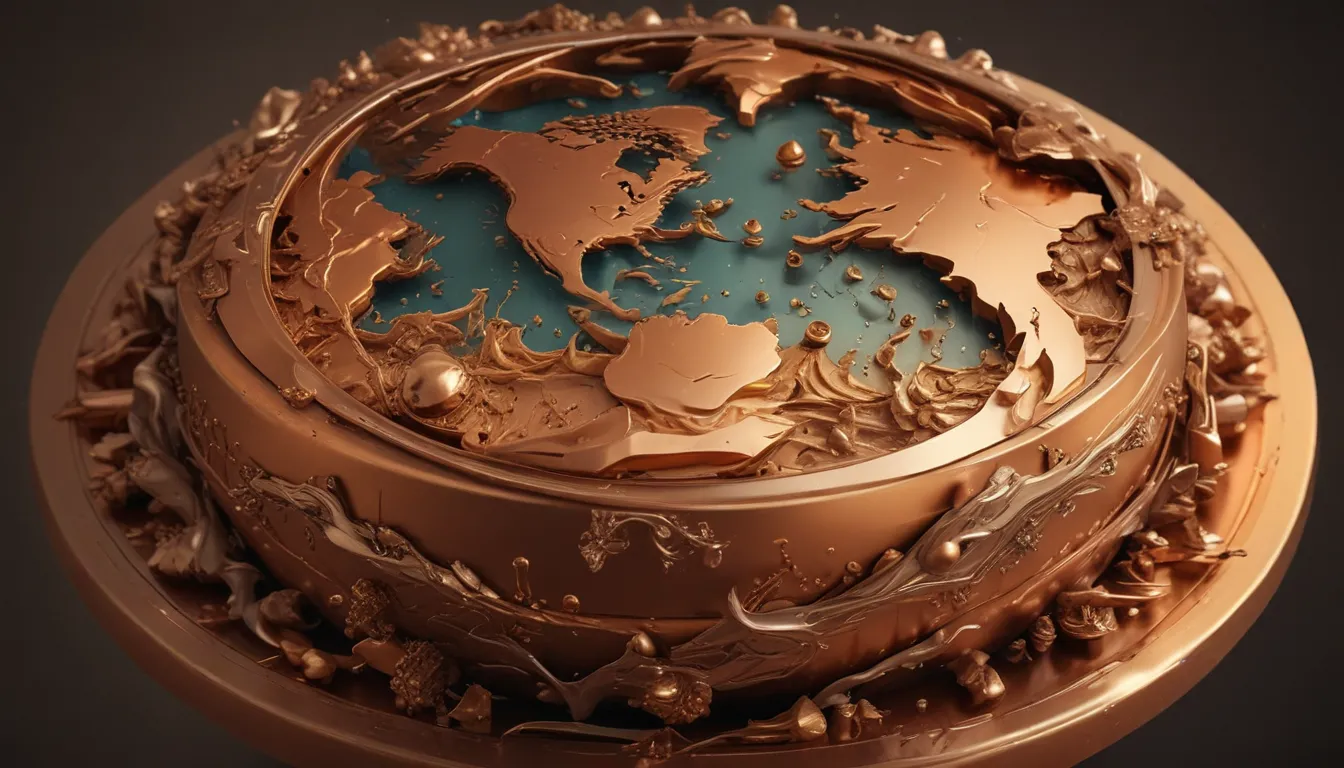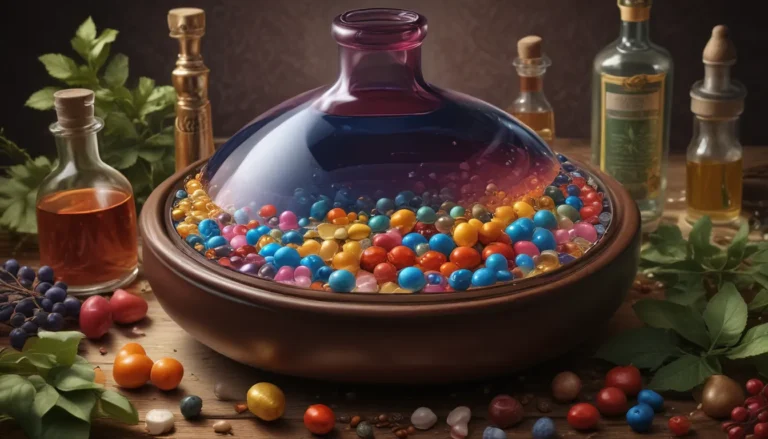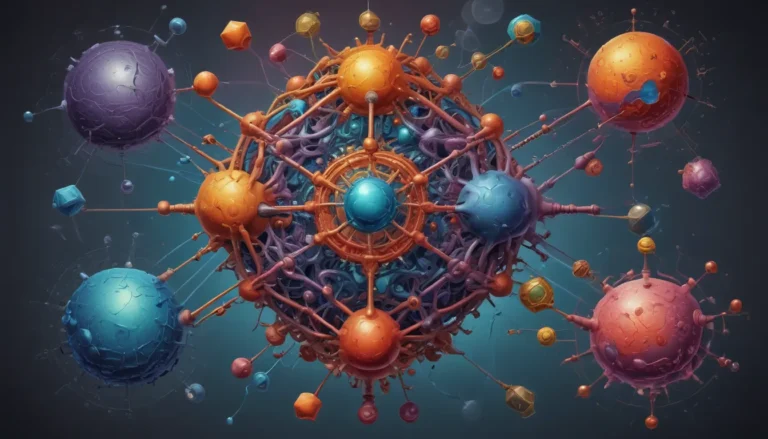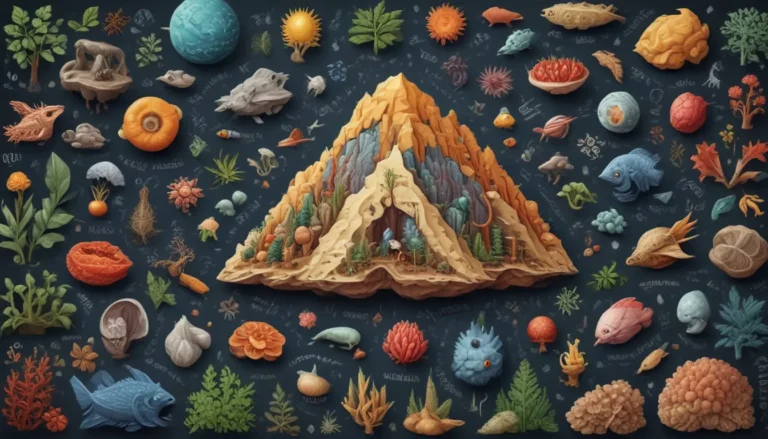A Note About Images: The images used in our articles are for illustration purposes only and may not exactly match the content. They are meant to engage readers, but the text should be relied upon for accurate information.
Welcome to the fascinating world of copper, a versatile metal that plays a crucial role in shaping our daily lives and the world around us. From its remarkable properties to its historical significance, copper has captured the attention of scientists, historians, and even health enthusiasts. Join us on a journey through the myriad facets of copper as we explore its origins, uses, and benefits in intricate detail.
Discovering the Rich History of Copper
Let’s delve into the annals of history to uncover the ancient origins of copper. The discovery of copper dates back to prehistoric times, with evidence of copper beads dating as far back as 9000BC in Iraq. It wasn’t long before early Mesopotamians mastered the art of obtaining and utilizing this valuable metal, paving the way for its widespread usage.
The name ‘copper’ itself has its roots in ancient Rome, where the metal was known as ‘aes cyprium,’ meaning ‘ore from Cyprus.’ The Romans later simplified this to ‘cuprum,’ from which the modern name ‘copper’ evolved. This intriguing etymology offers us a glimpse into the rich tapestry of copper’s linguistic history.
Unveiling the Mysteries of Copper in Ancient Civilizations
Ancient civilizations such as the Egyptians held copper in high regard, symbolizing eternal life through the ankh symbol in their hieroglyphic system. The remarkable antibacterial properties of copper were well-documented in Egyptian texts, showcasing its enduring relevance in various applications.
One of the most fascinating uses of copper by the ancient Egyptians was in plumbing systems, with copper tubes dating back to 2750BC still standing the test of time. This durable metal played a crucial role in maintaining clean and potable water supplies, a testament to its enduring value in everyday life.
Exploring the Modern Marvels of Copper
Fast forward to the present day, and copper continues to be an indispensable element in our lives. From electrical wiring to plumbing fixtures, the ubiquity of copper in our homes underscores its versatility and reliability. Not only is copper a vital component of various household materials, but it also finds its way into jewelry, where it enhances the beauty and durability of precious metals.
On a nutritional front, copper offers special benefits for pregnant women, supporting fetal development and overall health. Its role in bone strength, cholesterol regulation, and blood cell production highlights the multifaceted contributions of copper to our well-being.
Delving into the Technical Marvels of Copper
Beyond its historical and cultural significance, copper plays a crucial role in technological advancements. An average car contains around 22.5 kg of copper, powering essential electrical components and enhancing performance. The conductivity and durability of copper make it an ideal material for cookware, ensuring even heat distribution and culinary excellence.
In the realm of healthcare, copper’s antibacterial properties have sparked a revolution in hospital environments, with copper surfaces proving effective at preventing bacterial infections. This innovative application underscores the enduring appeal of copper as a material with far-reaching benefits.
Embracing the Enduring Legacy of Copper
As we conclude our exploration of the wonders of copper, let us marvel at the enduring legacy of this remarkable metal. From its ancient origins to modern-day applications, copper continues to captivate and inspire us with its versatility and reliability. Whether in the realm of science, history, or everyday life, copper remains a timeless symbol of ingenuity and resilience.
In a world filled with technological advancements and scientific marvels, copper stands out as a shining example of the enduring power of nature’s elements. Let us embrace the legacy of copper with reverence and appreciation, knowing that this humble metal has shaped the course of human history and will continue to do so for generations to come.





